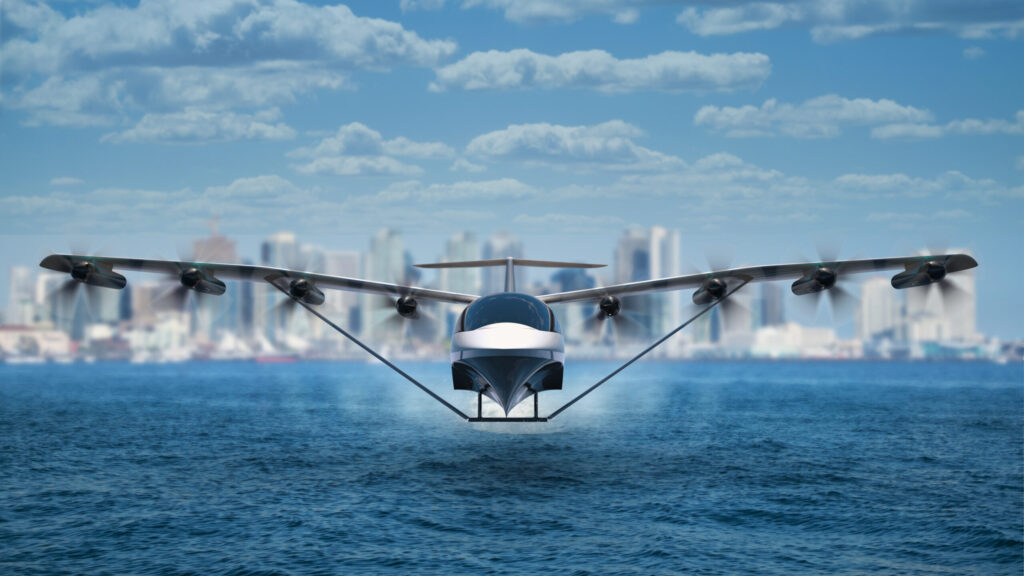Imagine flying over the water at 180 mph, in a comfortable and quiet cabin, with zero emissions. Sounds like a dream, right? Well, it could soon become a reality, thanks to REGENT, a Boston-based startup that is developing the world’s first electric seaglider.

What is a seaglider, you ask? It’s a new type of vehicle that combines the best features of planes and boats. It can take off and land on water, like a floatplane, but it flies just above the water’s surface, using a phenomenon called wing-in-ground-effect (WIGE). This means it can fly faster and farther than conventional electric aircraft, while using less energy and avoiding air traffic congestion.
REGENT’s flagship seaglider, called Viceroy, is designed to carry 12 passengers and has a range of 160 nautical miles with existing battery technology. It can also operate in three modes: floating, foiling, and flying. Floating mode is used for takeoff and landing, while foiling mode uses a hydrofoil to lift the vehicle out of the water and reduce drag. Flying mode is the most efficient and exciting one, as the seaglider glides over the water at high speed, using its wings to generate lift.
The seaglider is not only fast and efficient, but also safe and versatile. It can operate in various weather conditions and water depths, and it has a low noise and environmental impact. It can also serve different markets and missions, such as passenger transport, cargo delivery, tourism, offshore logistics, air ambulance, and defense.
REGENT is aiming to launch its first commercial service by 2025, after obtaining certification from maritime authorities. The company has already received interest from airlines and ferry companies around the world, who see the seaglider as a game-changer for coastal travel.
Also Read: How Leapcure Is Transforming Clinical Research With Patient-Centric Technology And Culture
